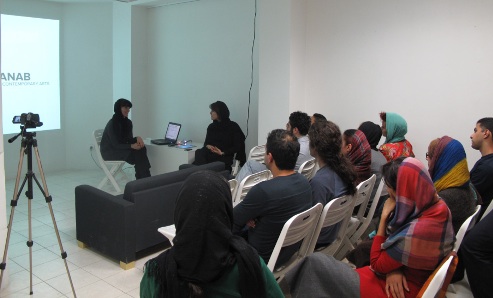Late collector’s Islamic collection spans centuries and genres
“There’s a real breadth here,” said the exhibition’s curator, Mary
McWilliams, who holds the namesake chair as Norma Jean Calderwood
Curator of Islamic and Later Indian Art. The collection contributes “a
scope and depth that we didn’t have before.” Photos by Kris Snibbe/Harvard Staff Photographer, Courtesy Harvard Gazette.
by Katie Koch, Harvard Staff Writer
Among the roughly 170 pieces of Islamic art that Norma Jean Calderwood and her husband left to Harvard, one in particular hints at the late collector’s philosophy: an earthenware bowl bearing, in precise calligraphy, the epigram “Greed is a sign of poverty.”
Calderwood was a patron of the arts and a renowned Boston philanthropist, and her legacy of generosity was as rich as her varied collection of Persian and Iranian objects, which spanned more than a millennium (from the ninth through the 19th century) and a variety of genres, from glazed ceramics to illustrated manuscripts to lacquered pen cases.
Now that little-seen collection, amassed by Calderwood over 30 years and donated by her and her husband, Stanford, to Harvard in 2002, will be put on public display.
“In Harmony: The Norma Jean Calderwood Collection of Islamic Art,” which opens Thursday atthe Harvard Art Museums/Arthur M. Sackler Museum, is both a celebration of Calderwood’s championship of once-obscure work and a showcase of the vibrancy of Iranian culture over time.
“There’s a real breadth here,” said the exhibition’s curator, Mary McWilliams, who holds the namesake chair as Norma Jean Calderwood Curator of Islamic and Later Indian Art. The collection contributes “a scope and depth that we didn’t have before.”
Among the fruits of Calderwood’s labors are folios from illustrated manuscripts of famed medieval Persian poems, such as the “Shahnama” (“Book of Kings”) and the “Khamsa” (“Quintet”); elegant ceramic bowls bearing both Islamic teachings and lines of Persian poetry; and single-page compositions such as “Young Dervish” by Riza Abbasi, the most influential artist of 17th-century Iran.













